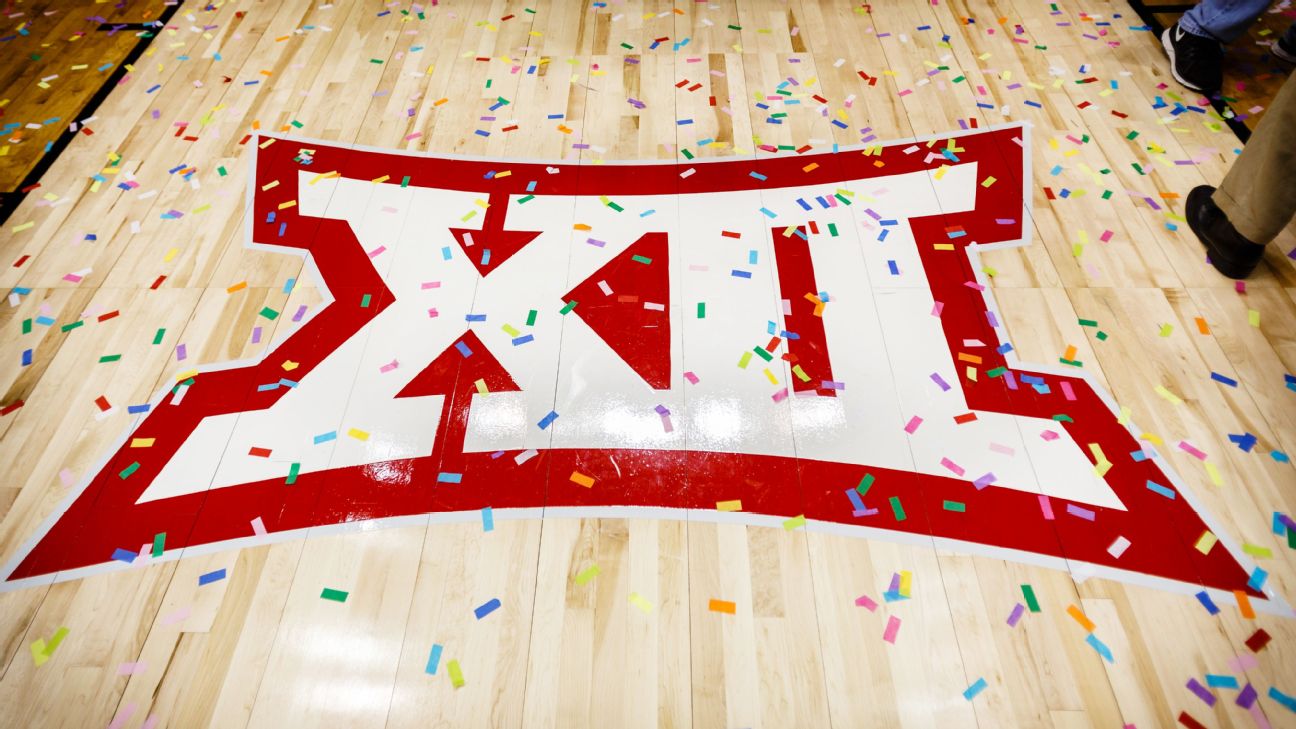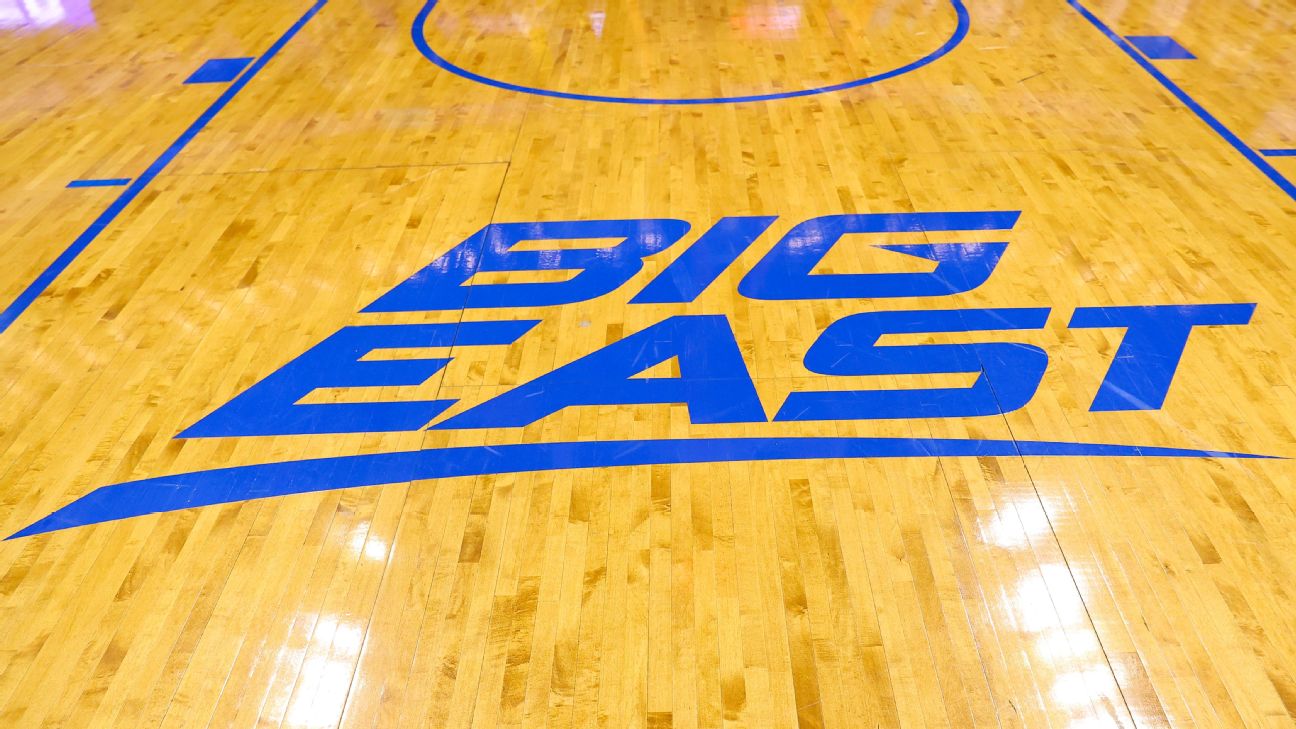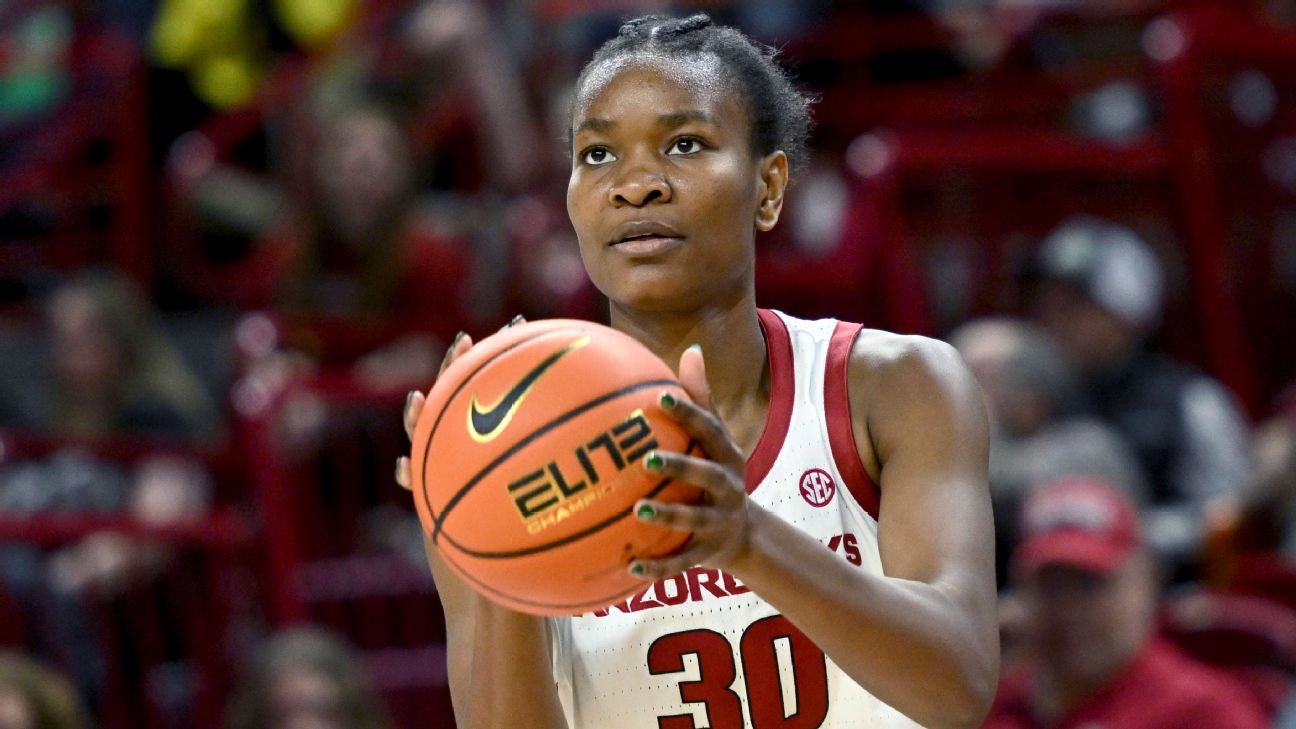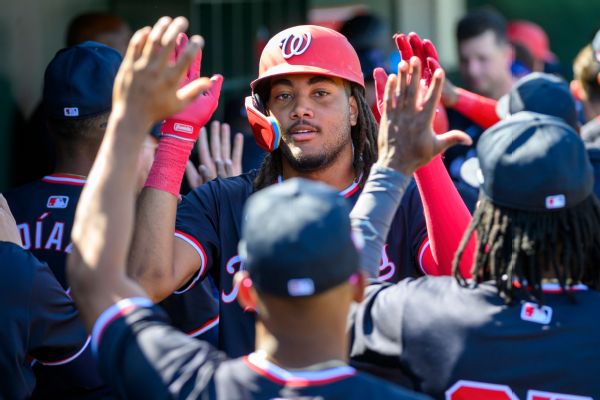![Murray Young
[608x342]](https://a.espncdn.com/photo/2024/0624/r1350101_608x342_16-9.jpg)
No 1 draft picks in NHL history Celebrini Ovechkin more
Between the 2024 NBA draft and any potential trades, the Atlanta Hawks have more options this summer than 29 other teams. Already facing a decision to trade one of their starting guards, Dejounte Murray or Trae Young, the Hawks unexpectedly jumped up to the No. 1 pick in last month's NBA draft lottery.
Besides giving Atlanta its choice of prospects in this week's draft (Wednesday and Thursday nights on ABC, ESPN and ESPN+), moving up also created financial complications for the Hawks. The salary of the No. 1 pick is enough to push Atlanta over the projected 2024-25 luxury tax line with 10 other players under guaranteed contract.
As a result, a Hawks team that hasn't made a trade since agreeing to send John Collins to the Utah Jazz nearly a year ago is all but forced to do something over the next few weeks, given paying the tax is untenable for a team that finished 10 games below .500 last season.
Let's take a look at five possible directions Atlanta could take, from most conservative to most aggressive, with hypothetical trades for each scenario and an explanation of what they'd mean for the franchise next season and beyond.
Scenario 1: Draft a wing, keep both Murray and YoungHawks get: Center Richaun Holmes
Washington Wizards get: Forward De'Andre Hunter, 2027 second-round pick (via LA Clippers), 2030 second-round pick
Detroit Pistons get: Guard Johnny Davis, 2028 second-round pick (via Houston)
Let's say Atlanta takes French forward Zaccharie Risacher at No. 1, as they are projected to in ESPN's latest mock draft. That would make incumbent small forward Hunter and his $21.7 million cap hit an obvious place to shed salary.
Despite posting career highs of 15.6 points per game and 38.5% from 3 at age 26, Hunter would probably still require draft compensation in a money-saving trade. Multiple second-round picks might tempt the Wizards to take on Hunter's contract in exchange for Holmes, who is making $12.9 million assuming he picks up his player option, and send Davis to a third team -- the Pistons. That would save Atlanta nearly $9 million, getting the team safely out of the tax.
Scenario 2: Draft a center, keep both guardsHawks get: Forward Jeff Green, 2025 second-round pick (via more favorable of Boston and Memphis), 2026 second-round pick (via Houston), 2027 second-round pick (via Memphis)
Houston Rockets get: Center Clint Capela
Oklahoma City Thunder get: Center Steven Adams
If the Hawks get a center like UConn's Donovan Clingan or French prospect Alex Sarr, dealing incumbent starter Capela with one year at $22.3 million remaining on his contract would be logical. Atlanta could turn the position over to the younger Onyeka Okongwu, who is just starting a four-year contract extension, plus the draft pick.
Unlike Hunter, Capela would hold modest trade value at his salary. In this deal, I've sent him back to his original team (Houston) as an upgrade on Adams, who was acquired by the Rockets at the February trade deadline while injured as a backup to Alperen Sengun. To make this trade, Houston would have to guarantee Green's $8 million salary, while we reunite Adams with the team that drafted him (in 2013) while using cap space.
The upshot would be the Hawks saving $14 million, enough to swallow the $8.5 million qualifying offer for injured restricted free agent Saddiq Bey without pushing into the tax. Still, this doesn't feel like a bold enough change for a franchise that hasn't achieved the expected results since pairing Murray with Young in the backcourt. So let's think bigger.
Scenario 3: Trade MurrayHawks get: Guard Gabe Vincent, forward Rui Hachimura, 2029 first-round pick, 2031 first-round pick
Los Angeles Lakers get: Dejounte Murray
When the Hawks made Murray available at the trade deadline, the Lakers could offer only a single first-round pick in either 2029 or 2030, plus swaps. That has changed now. With the New Orleans Pelicans choosing to defer the first-round pick the Lakers owe them next year, Los Angeles can offer the No. 17 pick as soon as it's made, plus their picks in both 2029 and 2031.
In describing adding Murray as part of the Lakers' ideal offseason last week, I referred to that trade compensation as "plenty," meaning more than enough rather than merely sufficient. Offering unprotected picks in both 2029 and 2031 seems fair, especially for a version of the trade that doesn't net Atlanta Austin Reaves as a replacement for Murray in the backcourt.
This specific trade would add $2.5 million to the Hawks' payroll and pair well with other salary-saving trades such as taking a center or trading Capela.
Scenario 4: Trade Young for multiple players and picksHawks get: Guard Dennis Schroder, forwards Keita Bates-Diop and Cam Johnson, 2025 first-round pick (via Phoenix), 2027 first-round pick (via Philadelphia, top-8 protected)
Brooklyn Nets get: Trae Young
Because Young is making $43 million (compared to Murray's $25.5 million), dealing Young would make it easier for Atlanta to both add multiple contributors while also saving money. In pursuit of a lead playmaker, Brooklyn could potentially offer a starting wing in Johnson who would fit well alongside Murray and Bogdan Bogdanovic, plus a backup point guard in Schroder.
Of course, the Hawks are going to want draft compensation too if they're sending out a three-time All-Star for role players. At a minimum, the Nets could offer first-round picks in both 2025 and 2027 -- replacing the picks Atlanta is currently out on -- without dipping too deeply into the stash of more valuable ones coming from the Phoenix Suns (in 2027 and 2029) and Dallas Mavericks (in 2029).
Scenario 5: Trade Young for picksHawks get: Forward Keldon Johnson, center Zach Collins, 2025 first-round pick (via Atlanta), 2025 first-round pick (via Charlotte, top-14 protected), 2027 first-round pick (via Atlanta)
San Antonio Spurs get: Trae Young
The best way for the Hawks to replace their missing draft picks from the Murray trade would be by sending Young to San Antonio as the pick-and-roll partner for Victor Wembanyama. That would give Atlanta the flexibility to choose between a true rebuild around the No. 1 pick or a mixed strategy of trying to win now with Murray at the point and the option to tank if out of playoff contention.
Although the Spurs can take back more salary in a trade than they send out using cap space starting July 6, they would certainly have to include Collins and Johnson in any deal to make it work. Johnson in particular would be far more valuable to the Hawks than any player San Antonio got in the Murray deal, one reason the Spurs are giving up slightly less in terms of picks for Young than they got for Murray.
Beyond that, Atlanta's first-rounders simply look more valuable now than they did two summers ago. Back then, the Hawks were surely expecting to send picks in the 20s to San Antonio. Instead, they now have the realistic potential of being in the lottery. To make the return sound better, Atlanta also gets a hypothetical first-round pick from the Hornets, which has only one year remaining of lottery protection. If Charlotte doesn't make the playoffs this coming season, it converts to second-round picks in 2026 and 2027.
The Spurs would retain swap rights on the Hawks' 2026 first-round pick. If San Antonio's build goes as expected, however, that might not even come into play.
None of the scenarios I've outlined entirely solve the problems created by Atlanta underachieving since adding Murray in 2022. Nonetheless, getting value in return for one of their guards can help the Hawks build a brighter future around this year's No. 1 pick.













